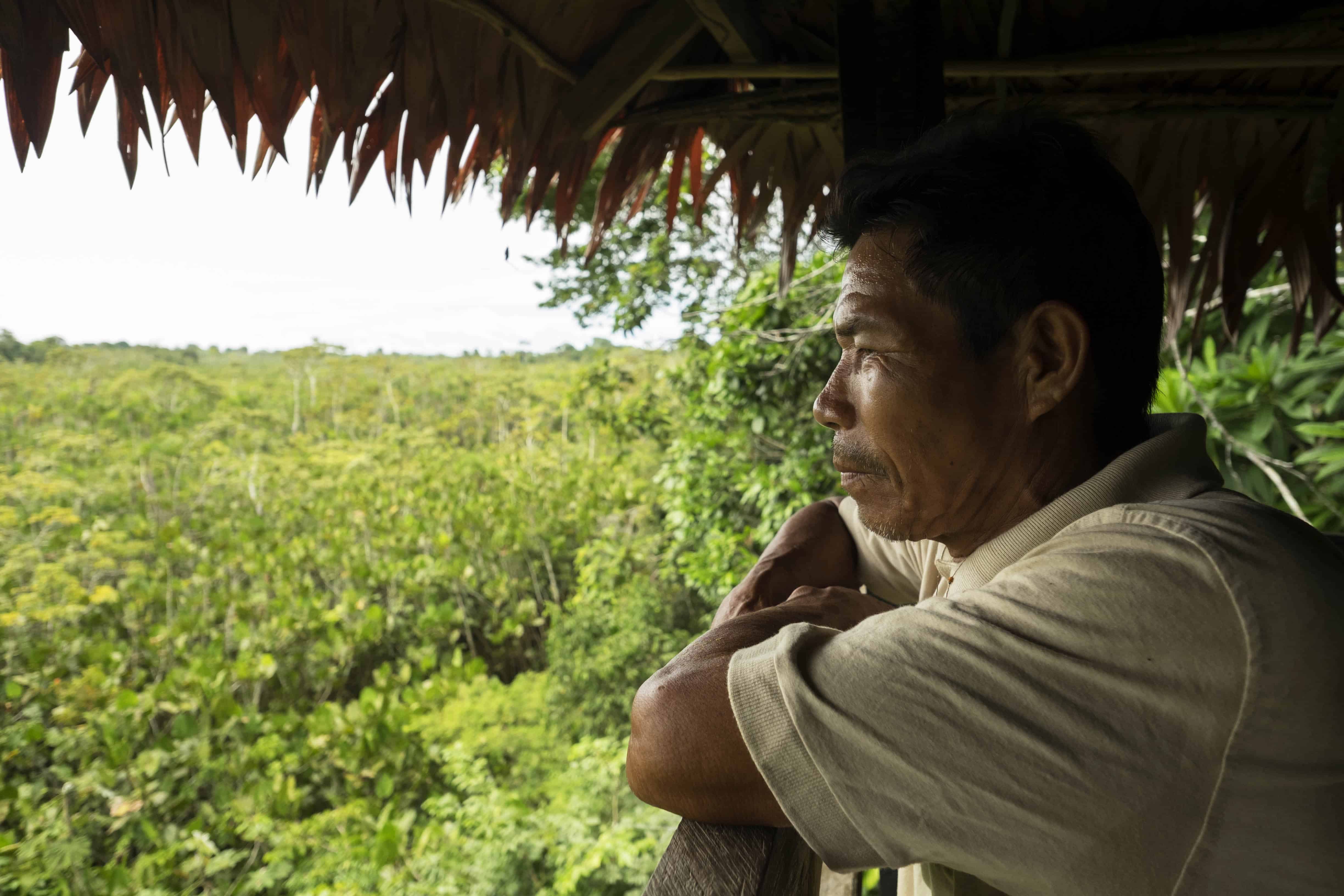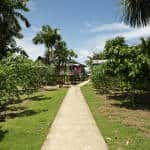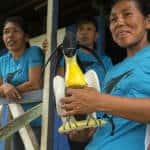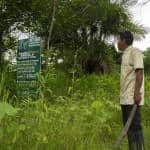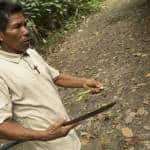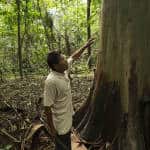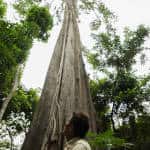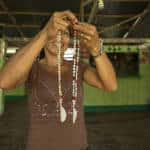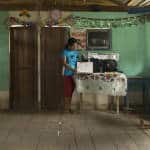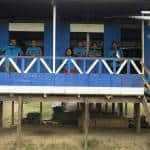IQUITOS, Peru – When the brisk 66-year-old Julio Conwachi Sandow takes tourists through the jungle to go bird-watching, he talks a lot about flora and fauna. With his machete, he cuts away a piece of bark and explains how it helps cure stomachaches, and a few hundred meters on he points to an exotic bird hiding behind the bushes.
The path to the main bird-watching tower, which takes about an hour to reach, used to be farmland, he explains. But since the villagers began earning a living from tourists, some 6,000 hectares have been reforested.
From everything he tells you about the plants and birds in the forest, you might get the impression Conwachi has a doctorate in biology and has researched the Amazon for years. But the truth is he was a simple farmer before.
Initially, he says, he didn’t trust the people from conservation group Naturaleza y Cultura Internacional when they first arrived in his village eight years ago with ecotourism plans. According to the Amazonian people, many organizations tend to have a lot of money that is spent only on themselves more than anything else.
“The people living here used to be intruders in the forest,” says 32-year-old biologist Carla Rojas Flores, who works for Naturaleza y Cultura Internacional, a group that operates in Peru, Ecuador, Colombia and Mexico. “For them, the forest was a source of wood or fishing, which they exploited on a large scale. There are still examples of fishing with dynamite and poison in villages in the surrounding area.
“When an organization comes to tell the villagers how to deal with nature, they become suspicious. But now, Don Julio is one of the most enthusiastic people here,” she says.
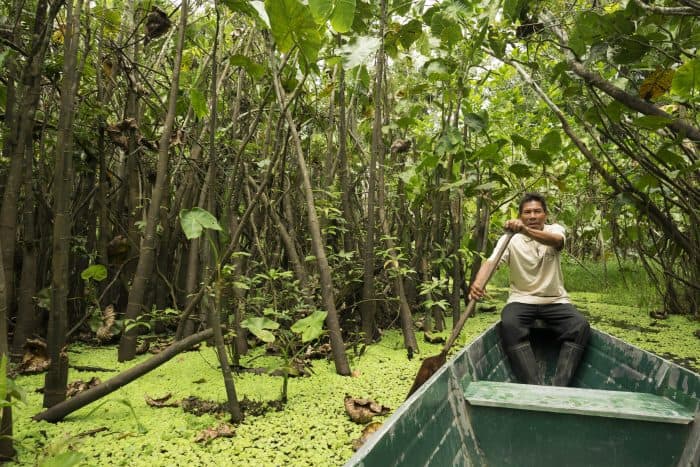
Sustainable tourism
For four months each year, Santa María de Fátima is flooded, with water levels reaching one meter above the football field in the middle of town. Residents move around in canoes, and their lives revolve around the swamp.
Members of the community also used to eat the eggs of three different types of herons breeding in the swamp, not realizing they were slowly killing the entire population of the species. The eggs were simply tasty, villagers recall.
The agami heron (Agamia agami), one of the birds nesting in the swamp in Santa María de Fátima, is listed as “vulnerable” by Bird Life International. The swamp was an ideal location for an ecotourism bird-watching project because the herons come to mate and breed, offering ample opportunities to see and photograph them.
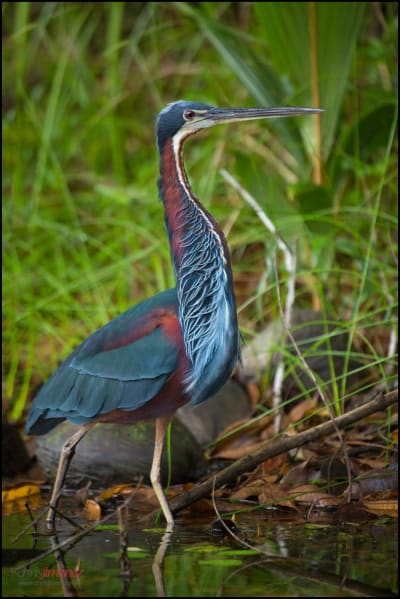
Now that the project is up and running, up to 60 tourists arrive monthly in the small village of 300 to go on a jungle tour. A logbook kept in the simple wooden house of Mónica Patricia Chotol shows the many signatures of visitors from all over the world. The bird-watchers pay an entrance fee of $20 to Chotol, eat some food at one of the villagers’ homes, buy a handcrafted wooden statue of an agami heron or other craftwork, and thus pump money into the economy of the community.
It’s one of many small-scale conservation projects that have begun popping up all over the Amazon in recent years. Simply protecting the forest doesn’t seem to be working: Logging and overfishing, for example, still happen on a large scale. And providing logging concessions so that loggers are appointed to specific areas has been ineffective, according to a 2014 study by Scientific Reports.
“The problem with the Amazon is its remoteness, which makes it difficult to oversee exactly what is happening,” says 25-year-old Harlem Mariño, who works for the Lima-based environmental organization Derecho, Ambiente y Recursos Naturales, or DAR. She grew up in the Amazon region and knows of the difficulties working in the area. She also sees firsthand how many communities don’t always use the land in a sustainable or environmentally friendly manner.
“When I was young, there used to be many problematic agricultural projects in the communities around us. For instance, people would try to grow rice, for which you need a lot of fertilizer in the Amazon. It basically depletes the soil. Now, you see the same thing happening with palm oil,” Mariño says. “Progress is always two steps forward, one step back.”
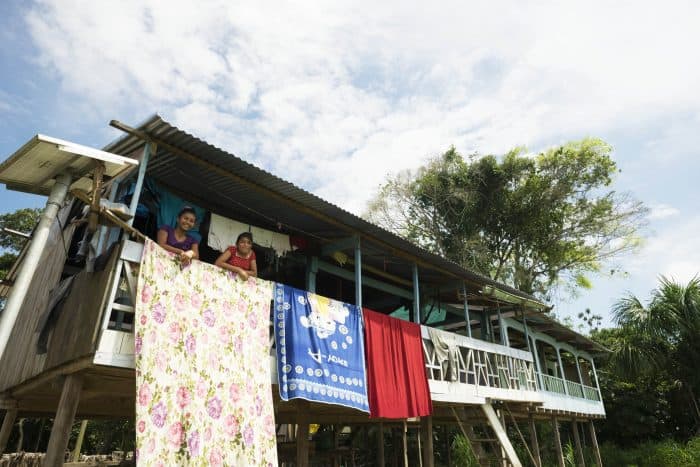
‘A slow process’
Conservation begins with land entitlement. Without the official rights to their land, there is little locals can do to stop outside intruders. One example is the story of the late indigenous activist Edwin Chota of the Asháninka tribe in the province of Ucayali, Peru. Efforts by Chota and members of his community to fight illegal logging were hampered when loggers simply chased them away because they didn’t have land titles. In September 2014, Chota was killed by illegal loggers along with three of his friends. International media coverage followed, after which the Asháninka tribe finally received entitlement empowering them to protect their land.
The next step is to turn the forest and its animals into economic “assets,” which gives inhabitants the incentive to conserve. The agami heron is just one example; using wood for artwork, or projects for controlled turtle populations where one-third of the eggs are sold and the rest protected are other examples.
“It’s a slow process,” Rojas, the biologist, explains. “But we believe people will change. They will start to grasp the concept of conservation. We Peruvians have always related to nature in an extractive manner, taking oil or gold from the ground without giving anything back. We never saw conservation as a means to earn money. It is more rewarding to have a forest standing, than a dead one.”
One of the places where Don Julio always stops on his way to the bird-watching tower is next to an enormous tree that towers 30 meters into the sky. It is clearly older and bigger than the surrounding forest. Don Julio puts his hand on the trunk of the tree and smiles.
“I’m happy no one ever cut down this tree,” he says. “This way, at least our children know what this area used to look like. These giants used to be everywhere around us. Imagine.”
More great photos of Santa María de Fátima by Eline van Nes:

